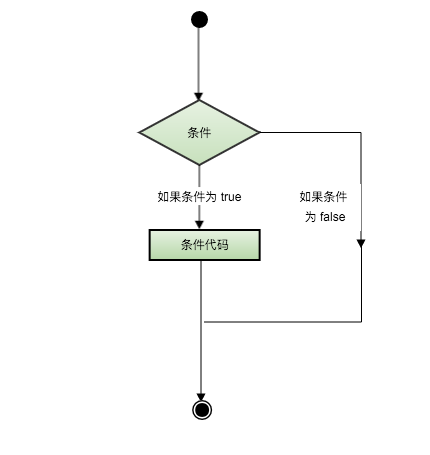Swift conditional statement
A conditional statement executes a program by setting one or more conditions, executing the specified statement when the condition is true, and executing a separately specified statement when the condition is false.
The following diagram provides a brief understanding of how conditional statements are executed:

Swift provides several types of conditional statements:
| Statement | Describe |
|---|---|
| An if statement consists of a Boolean expression and one or more execution statements. | |
| An if statement can be followed by an optional else statement, which is executed when the Boolean expression is false. | |
| If can be then there can be optional else if... e lse statement, else if... Else statements are often used for multiple conditional judgments. | |
| You can insert an if or else if statement in an if or else if. | |
| The switch statement allows you to test when a variable is equal to more than one value. |
? : Operator
We've covered the conditional operator ? , which can be used instead of if... E lse statement. Its general form is as follows:
Exp1 ? Exp2 : Exp3;
Exp1, Exp2, and Exp3 are expressions. Note the use and location of the colon.
? T he value of the expression is determined by Exp1. I f Exp1 is true, the value of Exp2 is calculated and the result is the entire ? T he value of the expression. I f Exp1 is false, the value of Exp3 is calculated, and the result is the entire ? The value of the expression.